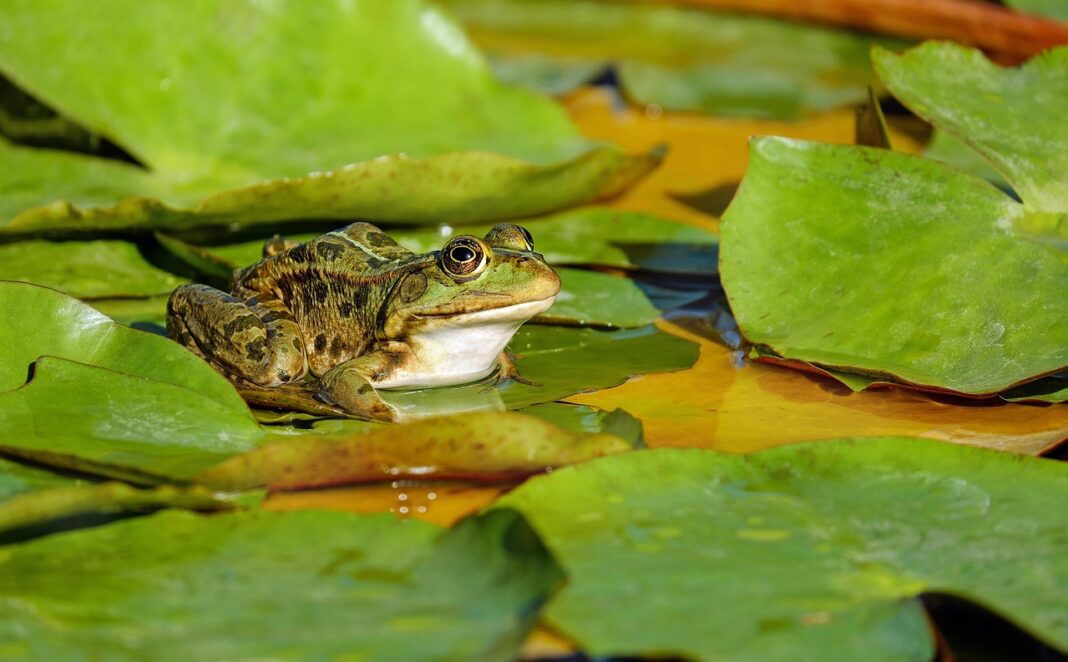Animal trivia is more than just a fun way to pass the time; it’s a captivating journey into the wonders of the natural world. From the quirky habits of insects to the impressive feats of marine mammals, exploring animal facts can spark curiosity, educate, and inspire appreciation for the biodiversity that surrounds us. Whether you’re prepping for a trivia night, looking for a fun educational activity for kids, or simply wanting to expand your knowledge, this guide is packed with fascinating animal trivia and insights.
Unveiling the Animal Kingdom: Fascinating Facts
Mammalian Marvels
Mammals, known for their warm-blooded nature and mammary glands, are a rich source of astonishing trivia.
- Did you know? The blue whale’s heart is so large that a human could swim through its arteries.
- Another fact: Bats are the only mammals capable of true flight. Their wings are actually modified hands with elongated fingers and a thin membrane stretched between them.
- And this: The giraffe’s long neck has the same number of vertebrae as a human neck – just seven! Each vertebra is significantly longer.
Avian Adventures
Birds showcase incredible adaptations and behaviors that make for compelling trivia.
- The amazing albatross: Some albatross species can fly thousands of miles without stopping, using wind currents to glide effortlessly over the ocean.
- Hummingbird heroics: Hummingbirds are the only birds that can fly backward. They achieve this with incredibly fast wing beats (up to 80 beats per second).
- Owl expertise: Owls can turn their heads up to 270 degrees due to specialized neck vertebrae. This allows them to spot prey without moving their bodies.
Incredible Invertebrates: The Unsung Heroes
Insect Intrigue
Insects, often overlooked, possess astonishing adaptations and abilities.
- Ant strength: Ants can lift objects many times their own weight, some species up to 50 times their weight. This remarkable strength is due to their exoskeletons and muscle arrangement.
- Butterfly beauty: The wings of butterflies are covered in tiny scales, which give them their vibrant colors. These scales are easily damaged, which is why you shouldn’t touch their wings.
- Bee communication: Bees communicate through intricate dances that convey information about the location and quality of food sources.
Marine Invertebrates: Wonders of the Deep
The oceans teem with incredible invertebrates, from jellyfish to octopuses.
- Octopus intelligence: Octopuses are highly intelligent creatures, capable of solving puzzles, opening jars, and even escaping from aquariums. They also have three hearts!
- Starfish regeneration: Starfish have the remarkable ability to regenerate lost limbs, and in some cases, an entire starfish can grow from a single arm.
- Jellyfish survival: Jellyfish are among the oldest multicellular organisms on Earth, existing for over 500 million years. They are incredibly resilient and can survive in a wide range of environments.
Reptilian Realms and Amphibian Allure
Reptile Revelations
Reptiles showcase a diverse range of adaptations, from scaly skin to cold-blooded metabolisms.
- Chameleon camouflage: Chameleons are famous for their ability to change color, which they use for camouflage, communication, and temperature regulation.
- Snake senses: Snakes don’t have external ears, but they can sense vibrations through their jawbones. Some snakes, like pit vipers, can also detect heat signatures of their prey.
- Turtle longevity: Some turtle species can live for over 100 years. The Galapagos giant tortoise is one of the longest-lived vertebrates on Earth.
Amphibian Adventures
Amphibians lead a dual life, spending part of their lives in water and part on land.
- Frog vocalizations: Frogs use a variety of calls to attract mates, defend territory, and warn of danger. Some frog calls can be heard from over a mile away.
- Salamander regeneration: Like starfish, salamanders can regenerate lost limbs, and even parts of their heart and spinal cord.
- Caecilian concealment: Caecilians are limbless amphibians that resemble snakes. They are primarily aquatic or burrowing and are found in tropical regions around the world.
Bizarre Behaviors and Extraordinary Adaptations
Animal Sleep Habits
How animals sleep, or don’t sleep, can be truly remarkable.
- Dolphin rest: Dolphins can rest one half of their brain at a time, allowing them to stay alert for predators and continue breathing while “sleeping.”
- Giraffe naps: Giraffes only need about 30 minutes of sleep per day, often in short naps lasting just a few minutes at a time.
- Frigatebird endurance: Frigatebirds can fly for weeks without landing, sleeping in short bursts while gliding on air currents.
Unusual Diets
Animals have evolved to eat a wide variety of foods, leading to some strange dietary habits.
- Panda sustenance: Pandas primarily eat bamboo, consuming up to 40 pounds of bamboo per day to meet their energy needs.
- Anteater appetite: Anteaters have long, sticky tongues that they use to lap up ants and termites. Some species can consume tens of thousands of insects in a single day.
- Vulture cleanup: Vultures play a crucial role in ecosystems by feeding on carrion, preventing the spread of disease. Their stomach acid is strong enough to kill most bacteria and viruses found in decaying carcasses.
Conclusion
Exploring animal trivia opens a window to the incredible diversity and ingenuity of life on Earth. From the tiniest insects to the largest whales, each creature has unique adaptations and behaviors that contribute to the intricate web of our planet’s ecosystems. By learning and sharing these fascinating facts, we can cultivate a deeper appreciation for the natural world and inspire others to protect it for generations to come. So, the next time you’re looking for an engaging activity, delve into the world of animal trivia – you might just discover something amazing!



